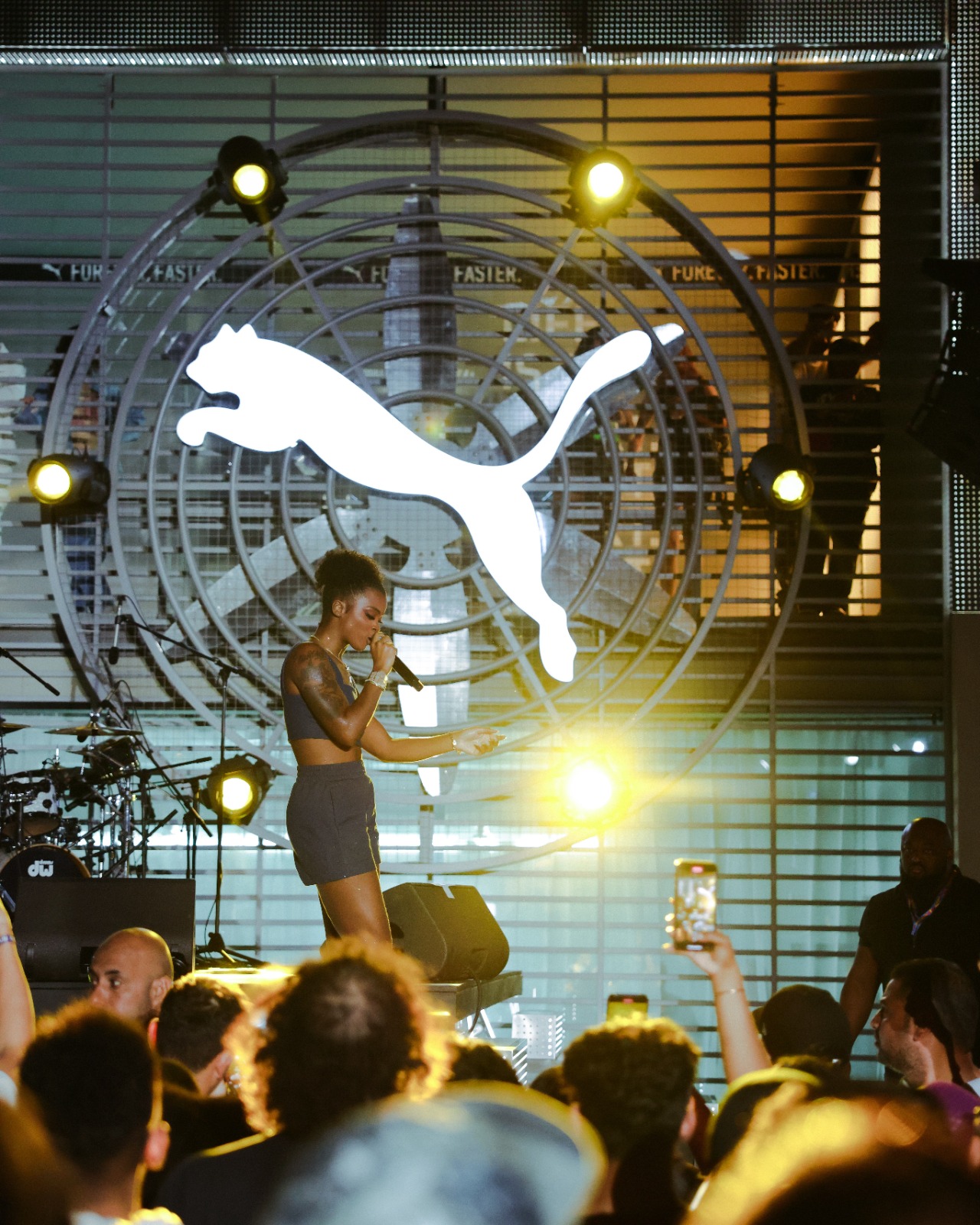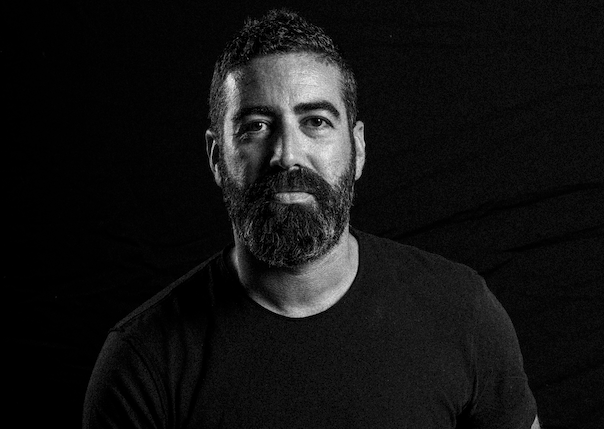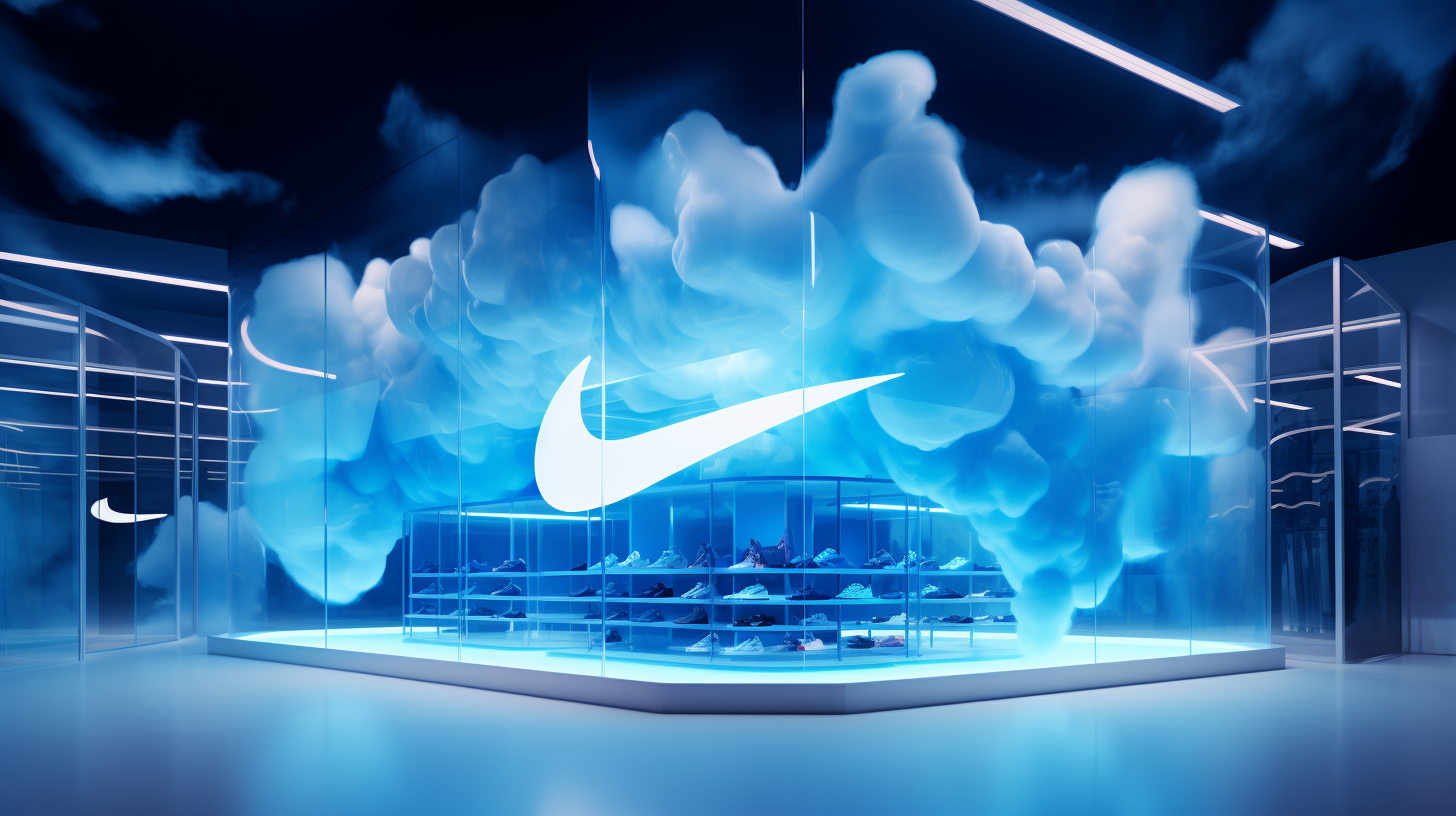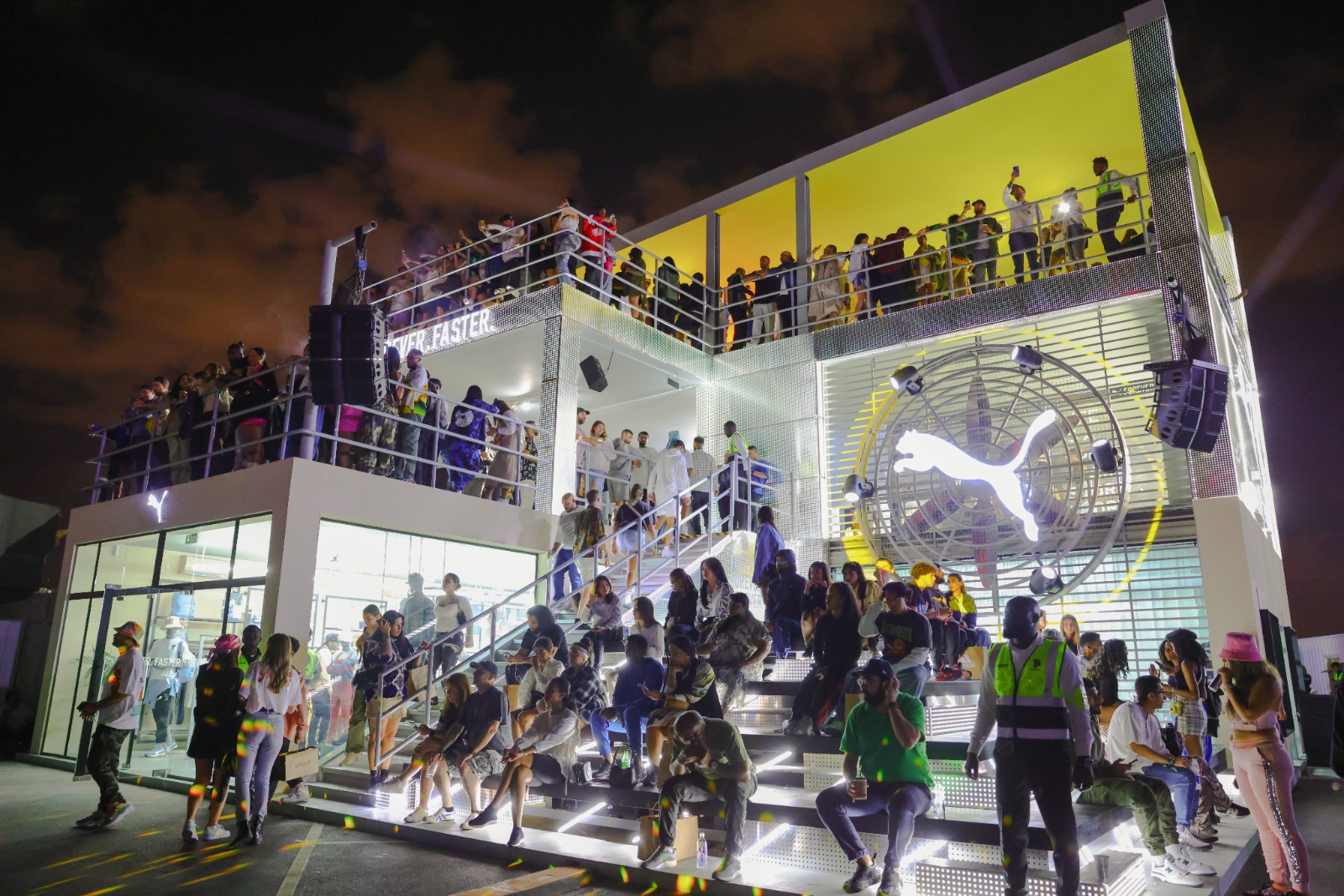 In the pulsating epicentre of the global media scene, the silos between creative, advertising, marketing and social media are being dismantled.
In the pulsating epicentre of the global media scene, the silos between creative, advertising, marketing and social media are being dismantled.
Yet, the connective thread between creative advertising and real-world sales revenues has been as elusive as Banksy.
We’re left wondering – is there more to creative advertising than meets the eye? Recent strides in communications psychology have sought to bring this mystery into the light, dissecting perceived creativity into five discernible dimensions.
These are fluency, originality, elaboration, abstractness and resistance to premature closure. This fresh, empirical outlook has reinforced Vogel’s mantra – creativity is not just relevant; it’s central to the advertising narrative.
But let’s keep it real. In the multi-faceted realm of experiential marketing, creativity isn’t a lone wolf. It’s part of a pack, and the campaign objectives are the alpha.
Whether you’re aiming for an immediate sales boost or nurturing long-term brand loyalty, the mission at hand shapes the integration of marketing specialties.

Moreover, in the heart of the experience economy, knowing your audience is as vital as a DJ knowing his records. Tech-savvy Gen Zers might resonate with the rhythm of creative social media campaigns bursting with visual artistry, while other audiences may respond positively to the harmony of a well-crafted mix of creativity and traditional advertising methods.
It’s all about orchestrating the elements to create a perfect symphony.
Let’s explore some real-world examples of brands that have successfully harnessed the power of creative advertising to create shareable experiences in the experience economy.
Nike, a global brand, has been a pioneer in utilising creative advertising to inspire and motivate their target audience.
Its ‘Just Do It’ campaign is a testament to the power of emotional connection and storytelling first airing in 1988 and still relevant in 2023.

By featuring inspiring stories of athletes overcoming challenges, Nike has built a strong emotional bond with its audience, encouraging them to pursue their dreams and push their limits.
Nike’s creative approach goes beyond traditional advertising, becoming a source of inspiration and empowerment for its customers.
Apple, known for its innovative technology, has leveraged creative advertising to enhance its brand identity. The ‘Shot on iPhone’ campaign showcases the creativity of iPhone users by featuring stunning photos and videos captured on their devices.
This user-generated content approach not only highlights the capabilities of Apple products but also taps into the artistic expression of its customers. By empowering users to create and share their own content, Apple has created a sense of community and authenticity around its brand.
These examples demonstrate how brands like Nike and Apple have effectively utilised creative advertising to craft experiences that resonate with their target audiences.
By incorporating emotional storytelling and user-generated content, they have created campaigns that go beyond traditional advertising, leaving a lasting impact and commanding attention in the experience economy.

The blend of creative, advertising, marketing and social media is like a new, eclectic music genre taking over Spotify.
By measuring and harnessing creativity in advertising, brands can create experiences that are ‘shareable by design’, commanding the stage in the experience economy.
The power of emotional connection and the examples set by Nike and Apple showcase the effectiveness of creative advertising in building strong brand connections and driving real-world results.
It’s time to flip the record and play the new sound of evidence-based creative advertising. It’s time to make some noise.
By David Balfour, co-founder of LIGHTBLUE









